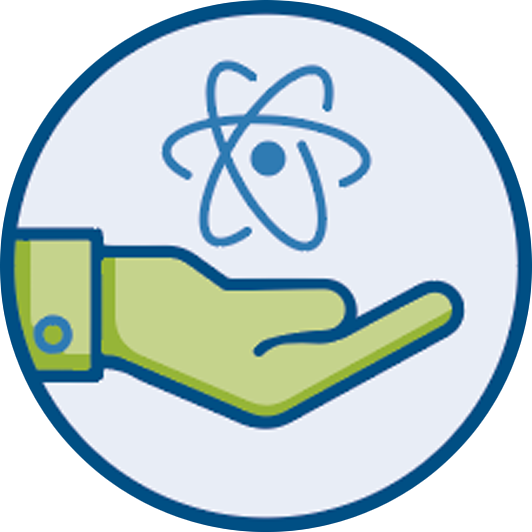
The German electricity grid infrastructure
18 June 2025
The German electricity grid is characterised by four different levels, all of which operate at a frequency of 50 Hertz. At the highest level, the transmission grid, with a length of 38,500 km, ensures the supraregional distribution of electricity at extra-high voltage with a voltage level of 220 to 380 kV. Large power plants feed their electricity into this level and distribute it to the subordinate distribution grids, from which the electricity goes to households. In addition, the transmission grid connects the German electricity grid with those of neighbouring European countries and the European energy exchange. The grid is operated by the four major transmission system operators (TSOs), which are Amprion in the west, 50 Hertz in the east, Tennet from the north through the centre of Germany to the south, and Transnet BW in the south-east in the state of Baden-Württemberg.
The distribution network is located below the transmission network. Here, electricity is transported at three different voltage levels. The high-voltage network, which is mostly 110 kV and approximately 81,000 km long, supplies large industries like the railway network and other large consumers. Wind farms and gas-fired power plants feed their electrical power into this grid. Large electricity storage facilities are also located at this level. Below this level is the medium-voltage grid with a voltage level of 10 to 30 kV at a length of approximately 480,000 km. Individual wind turbines and solar parks feed electricity into this grid. Small to medium-sized electricity storage facilities are also located at this level. Fast charging stations, industrial and commercial facilities, and other medium-sized consumers are connected to this grid. At the lowest level of the electricity grid is the low-voltage grid with a voltage level of 230 to 400 V and a length of approximately 1,123,000 km. This is where households, small commercial enterprises and private and public charging infrastructure are located. Small solar systems feed their electricity into this level. In addition, small electricity storage facilities are located at this level. The distribution network is managed by distribution network operators (DNOs). There are approximately 860 distribution network operators in Germany, often municipal utilities and regional providers.
The expansion of renewable energies is changing the electricity system. Since the last years, a few large power plants are being replaced by many small wind and solar parks. In Germany, there is a clear regional difference in this respect. While most of the wind turbines are located in the north of the country, the output of solar energy plants is slightly higher in the south. Overall, however, more electricity is produced in the north. The majority of industry is located in the west and south-west of the country. The transmission grid in Germany is not sufficiently developed to transport electricity from the north to the south when production is high.
Due to these significant temporal and regional differences in electricity production from renewable energy plants and the requirement, that the electricity grid must operate at a constant 50 Hertz, the electricity system needs to be adapted. This means that when electricity production is high, for example due to plenty of sunshine and high average wind speeds, a lot of energy must also be consumed. When electricity production is low, however, energy consumption must be reduced, or the required energy must be provided by other sources. Some elements for this already exist. For example, the amount of storage capacity added annually in Germany has increased a hundredfold over the last 10 years (all storage facilities including home storage systems). This will increase in the next years, as also the TNOs are planning to build storage facilities to ensure system stability and feasibility will keep increasing due to lower costs of battery storages.
Another element is so-called Power-To-X technologies. These plants are switched on when there is an excess of electricity, thus relieving the strain on the power grid. The electrical energy is then converted into other forms of energy. For example, thermal energy is produced, but also green hydrogen or ammonia.
In addition to the systems for making the power grid more flexible, the expansion of power lines must be further advanced. The new SüdLink power line is already in construction and approval phase, with some sections already completed. It runs from Wilster in Schleswig-Holstein to Großgartach in Baden-Württemberg. A 525 kV direct current line will be able to transmit 4 GW of power over a distance of 700 km.





